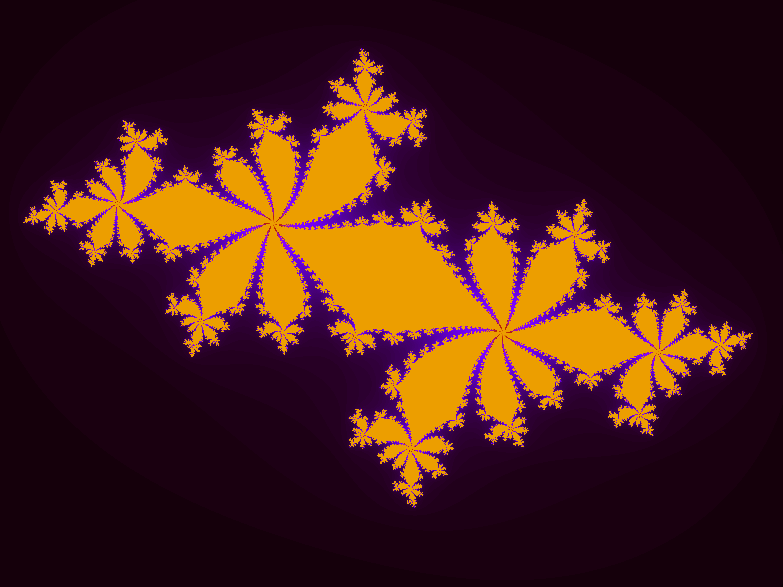Today I was able to cover a lot of stuff - mainly the exercises and some Gnuplot basics.
I’ve already made a blog post on the first exercise I worked on - Generate Logistic Map in Fortran. It was fun. Also, later I took a look at the solution available at the mooc’s repository. I was really impressed by how the code is organized. Everything looked neat and debuggable. Inspiring code, one could say! Here’s the link to the Julia set code in MOOC Github repository. This is where I came to know that functions in fortran can act upon an array without being specially defined for arrays.
Compared to it, this is my code for Julia set.
| |
with the following file as juliaset.plt
| |
This generated the following plot (cropped here).

Apart from this, I had an introduction to the CMake method. As of now, CMakeLists.txt sounds foreign. But, if I am gonna use it further, I may get used to it.